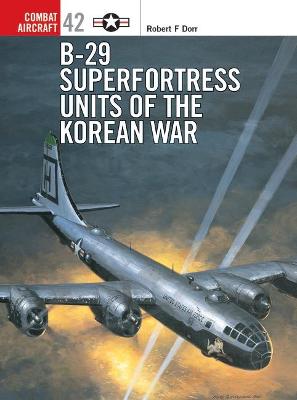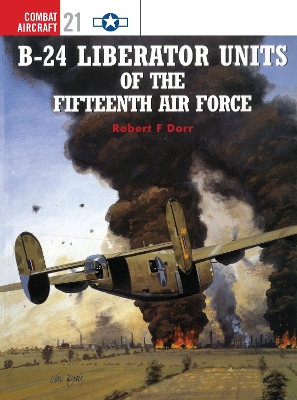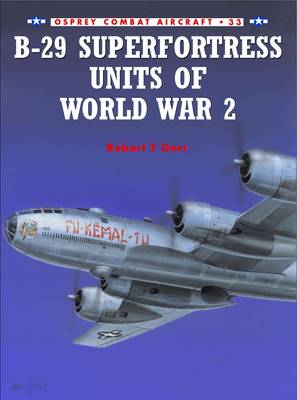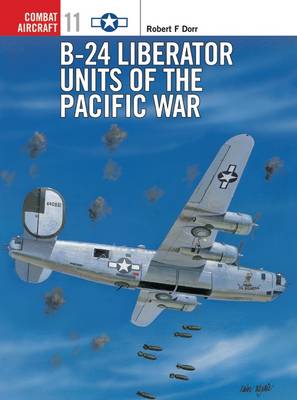Combat Aircraft
1 primary work • 5 total works
Book 42
This book, Boeing B-29 Superfortress Units of the Korean War is the story of a majestic bomber of the propeller era flying perilous combat missions against a sleek, nimble warplane of the jet age, the Soviet MiG-15. A very heavy bomber and a sky giant during World War 2, at that time the most advanced combat aircraft in the world, the B-29 was reclassified a medium bomber by the time North Korea attacked its southern neighbour in 1950. Many of its crew members had fought their war and settled down to raise families and begin careers only to be recalled to fight another war on a distant Asian peninsula.
The B-24 was heavily utilised in the North African and Mediterranean theatres by the USAAF's Fifteenth Air Force, with operations over the Ploesti oilfields in Rumania being some of the most famous missions undertaken by the big American 'heavy' in World War II (1939-1945). The stirling work of the Fifteenth Air Force is often overshadowed by the glamorous 'Mighty Eighth', yet the men flying the B-24 fought ceaselessly right through to VE Day. This is the third of five titles planned to chart the operational history of the Consolidated heavy bomber, and is the first single volume to exclusively cover the Fifteenth Air Force's B-24 units.
The ultimate piston-engined heavy bomber of World War 2, the first production B-29s were delivered to the 58th Very Heavy Bomb Wing in the autumn of 1943. By the spring of 1944 the Superfortress was bombing targets in the Pacific, and by war's end the aircraft had played as great a part as any weapon in ending the conflict with the Japanese. Indeed, the final dropping of two atomic bombs from the B-29 convinced the Japanese to sue for peace. This book traces the wartime career of the B-29, as the aircraft went from strength to strength in the Pacific Theatre.
The B-24 Liberator was built in greater numbers than any other US warplane, yet its combat crews live, even today, in the shadow of the less plentiful, but better-known, B-17. Accounts of the 'Mighty Eighth' in Europe, and indeed many of the books and films that emerged from the greatest air campaign in history, often overlook the B-24, even though it was in action for as long as the Flying Fortress, and participated in just as many perilous daylight bombing missions.
Ever present in the Pacific from Pearl Harbor to VJ-Day, the B-24 Liberator proved to be the staple heavy bomber of the campaign. From its ignominious beginnings in the Allied rout in the Philippines and the Dutch East Indies, the bomber weathered the Japanese storm with a handful of bomb groups, which played a crucial role in checking the enemy's progress firstly in New Guinea, and then actively participating in the 'island hopping' campaign through the south-west Pacific.




